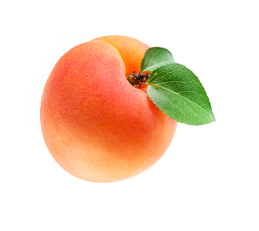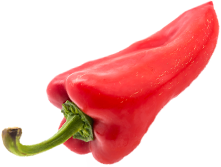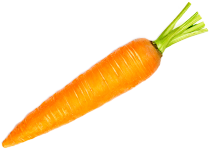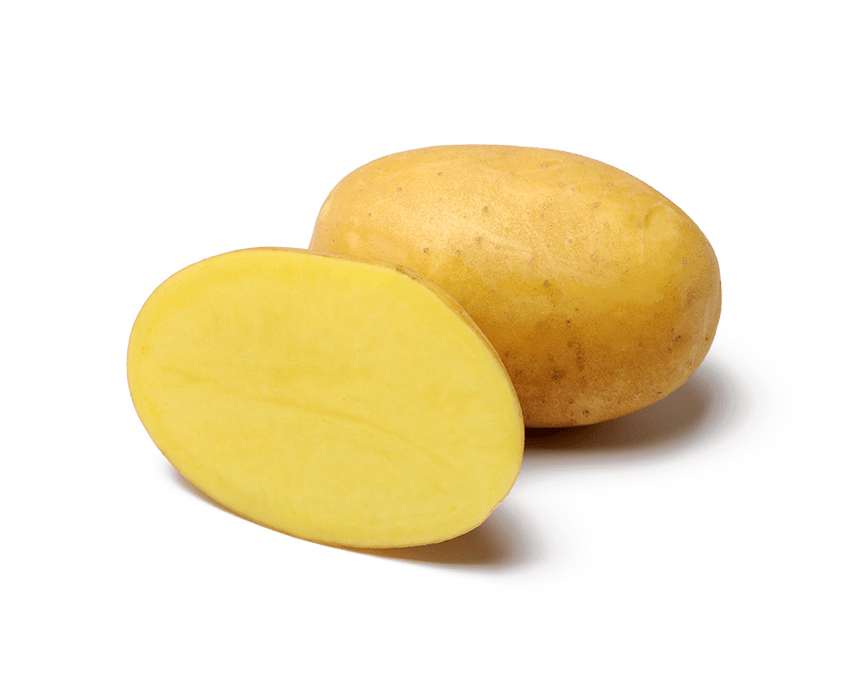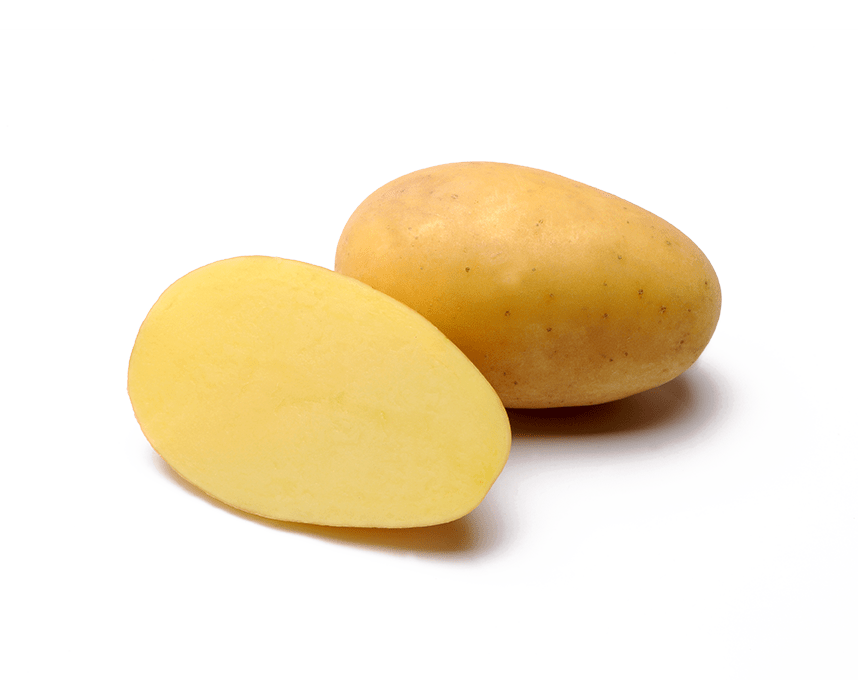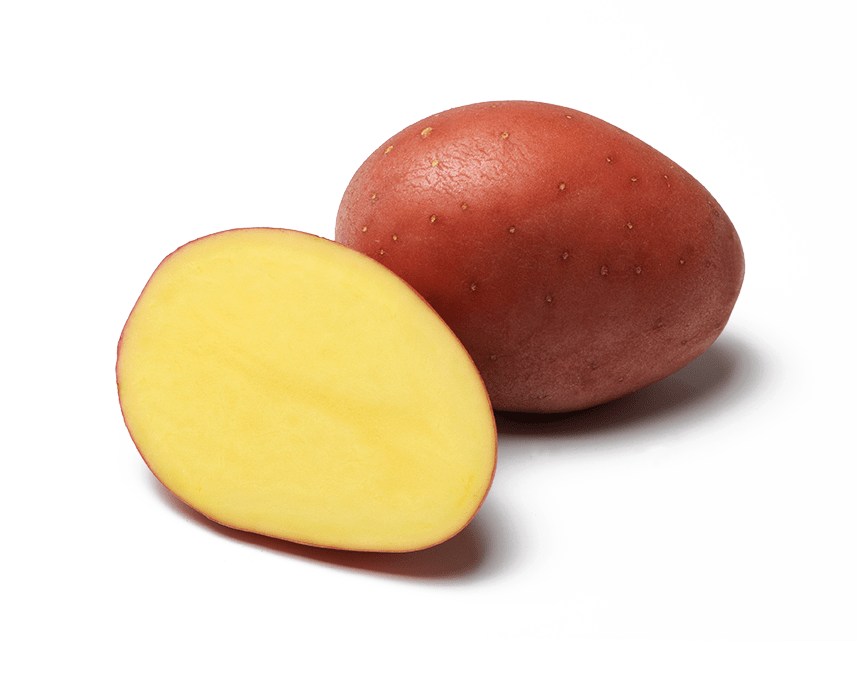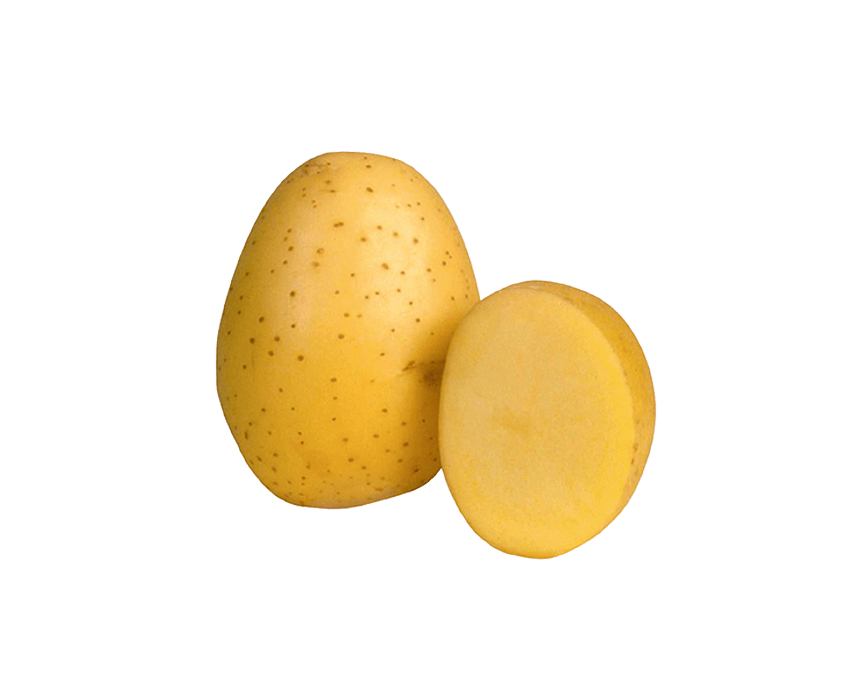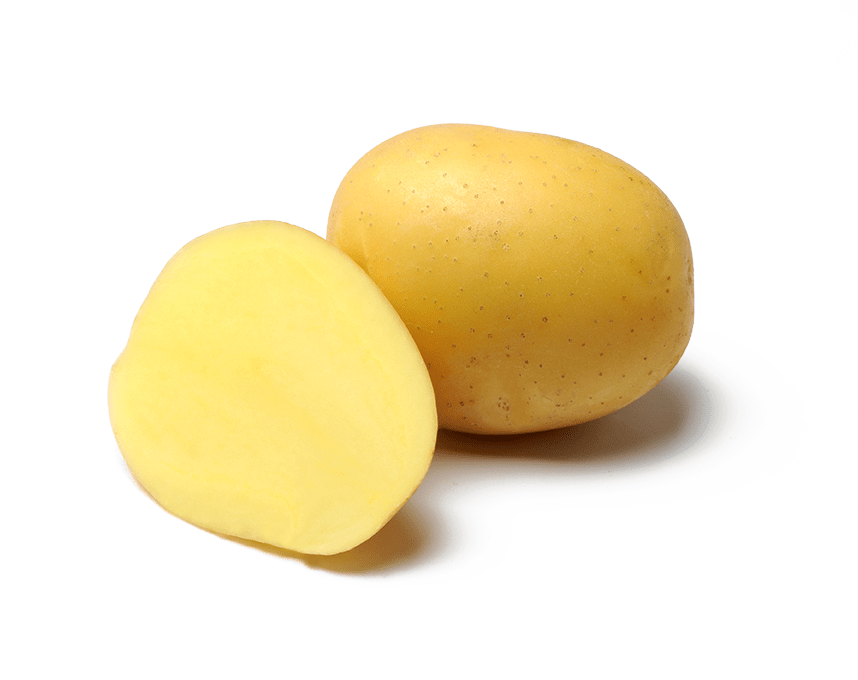
Eye depth
Flesh color
Skin color
Very shallow
Yellow
Slightly muddled
PCN
Ro 1 + 4 *
The data from the table are made on the basis of official varieties testing and / or based on the experience of the manufacturer. However, as potato is a natural product, we can not assume responsibility for the above data.
Otolia is a mid-early variant of potato culinary type B. It has nicely shaped oval tubers that contribute to achieving a uniform market yield.
Otolia has oval shaped tubers with a shallow depth of eye, a mildly suppressed skin and a yellow color of the meat.
Resistance: Otolia is resistant to nematodes and potato cancer.
Recommendations for growth: It is preferred to cultivate on central soil, where there is water supply and nutrients.
Planting: It is recommended to have a space of 30-32 centimetres (about 43,000 plants / hectare, 75 centimetres inside the row).
Preparation: Normal in accordance with local standards.
Herbicides: No sensitivity.
Fertilizers: 160 kilograms / hectare of nitrogen – in divided doses over 80 kilograms / hectare at easily sealed locations. 100 kilograms / hectare soluble phosphorus in water. 200-250 kilograms / hectare of potassium. Additional fertilization with magnesium ensures yield and quality.

